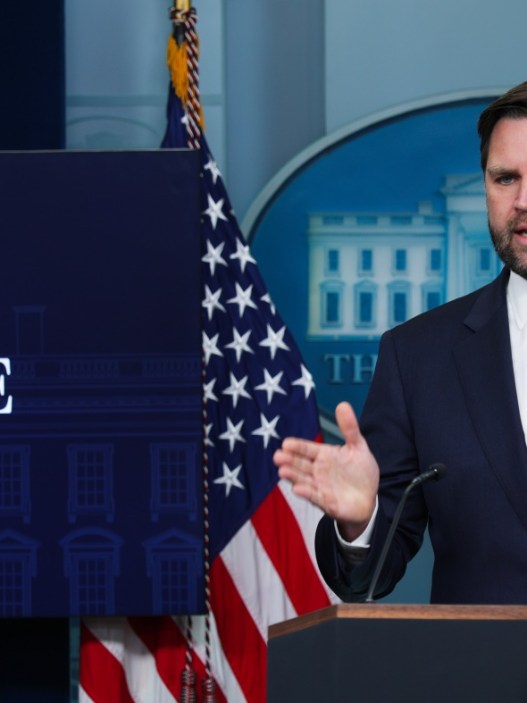Washington, DC -July 03: A large beautiful bill signed on the House of Representatives MIKE Johnson (R -LA) … more
The passage of the so -called “one big beautiful bill” caused intense debate. Critics warn about reducing Medicaid and destroying uninsured patients being flooded. But there is a deeper question behind the headline. What kind of medical system is we maintaining and keeping it?
One big beautiful bill not only is a political pivot, but also reflects structural calculations. Instead of embarrassing budget cuts, policymakers and industry leaders must continue to face business model defects that continue to approach, weaken their quality and sustainability.
About all dramatic investigations-8 hours house floor speech and HorrorOne of the big beautiful bills is that the signal is actually a wide range of attempts to interfere with federal safety net programs, especially Medicaid. It is an uncomfortable terrain for many people, but it is a conversation that is worth it.
Major provisions, such as business requirements, eligibility for qualification and reduction of state instructions every six months, are pointed out for the central tension.
As mentioned in recent columns, Medicaid is not designed as a universal range program. It was intended to be a limited safety net. Over time, the range was balloons without efficiency or improvement of results. The change in this bill is an attempt to suddenly re -correct. Regardless of whether or not you agree with the approach, it reflects the increase in anxiety depending on the assumption that more money and more registrants must receive better treatment.
It can be helpful to separate the investigation from the operating meaning. It is not only a budget but also structural. And until the country deals with this, meaningful reforms will remain vague.
One of the few provisions that received both parties supported by the bill was a $ 50 billion rural hospital relief fund. It is necessary to prevent continuous closure of rural facilities, but this type of emergency injection emphasizes continuous problems. Temporary financial life lines often become permanent fixtures.
Rural hospitals are in crisis. Almost half works with losses. Closed is accelerating. When used in the column in May, the collapse of rural health care is not a public health problem, but a national security risk. But throwing more money to failed models is not a long -term solution.
Instead of paying subsidies reflexively to all failed facilities, you need to rethink delivery. Herb and Spoke models that integrate pharmacies, local clinics and remote health can provide sustainable access without overhead of the legacy infrastructure. Stop gaps are meaningful only when structural changes follow. Without that subsequent measures, they are another example of system addiction to the band -aid solution.
Deep structural tension helps to explain the intense response to the bill of the hospital industry. I am a hospital Alarm How to reduce the funds will lead to losses of patient application and increasingly vulnerable to the US. Honestly, however, most of their interests are about how cuts affect their profits.
As explained in the June column, the anxiety that financing is disappearing is that the hospital depends on the revenue. The inconvenience is not a panic but a desire to maintain the current state, but it can cause innovation.
Many suppliers and advocates argue that it is impossible to reduce the scope of guarantee “not enough money” to take care of everyone. But this assumes that the system is already efficient. Not so. In my book It brings value to health careI estimated more than $ 500 billion annually from the waste. This estimates based on the data of 2016 would have increased.
Inventory calculated by nurses’ hands of high -end facilities, such as duplicate tests, swelling management overheads, or old -fashioned processes, this system is burned without responsibility.
Rather than arguing how much money the government can spend on medical care, we need to ask how well we have used. Resources exist. Missing is responsibility for the dollar spending.
One big beautiful bill stimulated anger, applause and everything between them. But most commentary misses the forest of the tree. This is not just about reducing Medicaid or rural bailouts. It is about the medical ecosystem for the crisis: it is impossible, inefficient, and the value does not collapse.
The goal is to preserve the approach at any cost. There is no country with unlimited resources. A better approach can create a system that is connected to the cost and quality, and it can create a system that encourages the dollar to induce the outcome, not to work more, but to do better work.
The stop gap cannot save us. You just need to stock the fundamental inventory of the medical business model. This bill opens the door of the conversation about all defects.









































